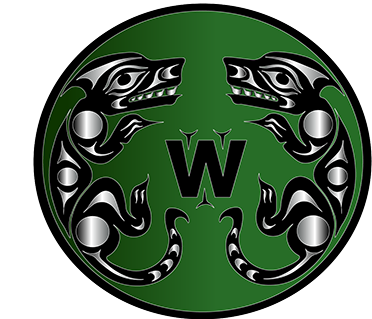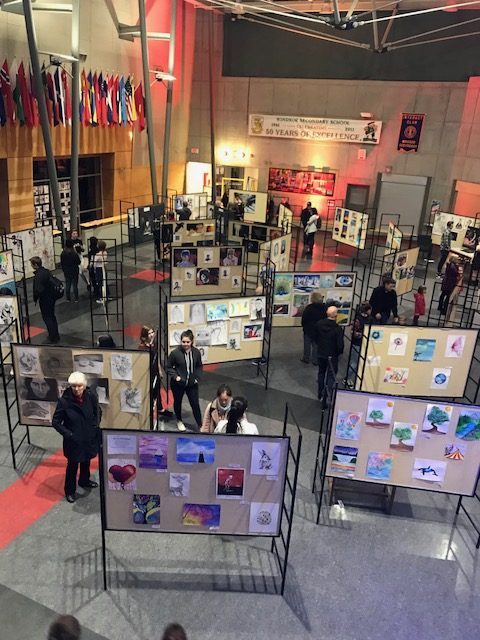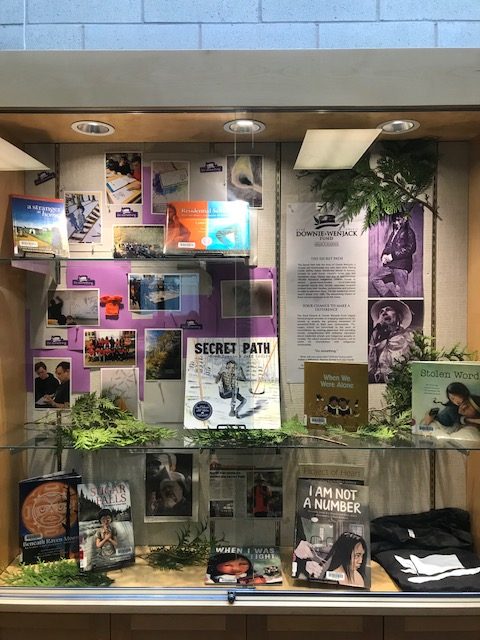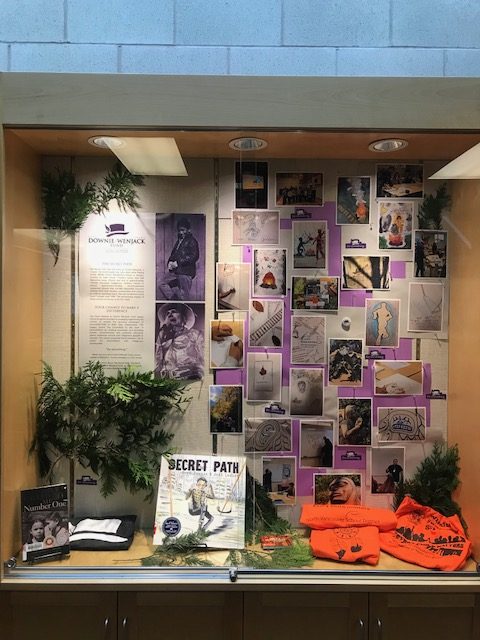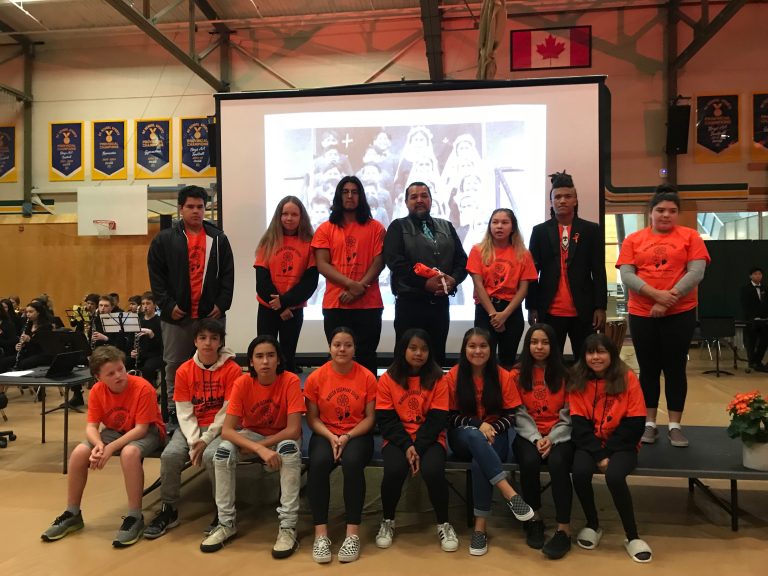Vision to Goal Setting
What is our Vision for Learning?
VISION
Windsor aspires to be a vibrant learning environment where individuals respect and encourage each other to develop the competencies to thrive in a rapidly changing world.
MISSION
We strive to foster engaged, critical thinkers and compassionate educated citizens.
Big Idea #1
Learning begins with positive student engagement.
Big Idea #2
In a world of change and innovation, life-long learning is an essential disposition.
Big Idea #3
Effective communication allows us to better understand and connect with the people around us.
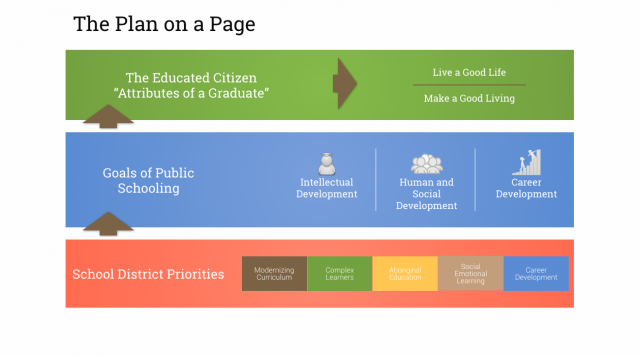
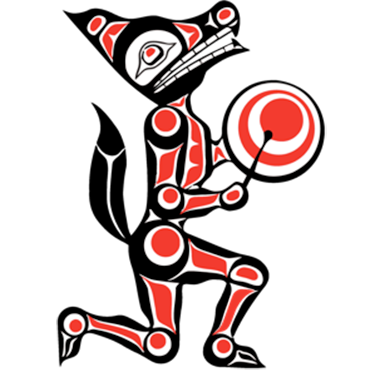
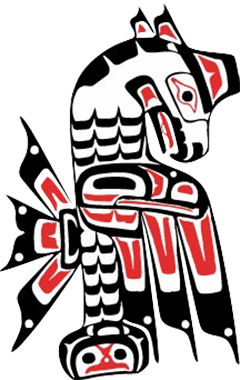
Planning & Implementation
What is our Action Plan?
Goal #1
To foster a positive learning environment and student engagement.
Objectives
- Learning is an active process that requires intention.
- Students contribute to a positive and engaged classroom and school culture.
Strategies
- Students complete meaningful ongoing self-assessment on core competencies.
- September welcome back assemblies.
- PHE department implementation of new health curriculum and provide students with a framework to better understand that a healthy mind begins with a healthy body.
Objectives
- Planning for positive and engaged classroom culture.
- Teachers think purposefully about curricular planning, with diverse student needs in mind.
Strategies
- Ongoing professional development for faculty.
- Structured collaboration to create cross-curricular activities.
- School will pursue innovative structures for student absenteeism and late arrival.
Objectives
- Build awareness that learning needs time and space.
Strategies
- Explicitly teach and support positive students habits for use at school and home.
- Continue to collaborate with PAC to provide meaningful workshop activities to equip parents with the tools for supporting adolescents and strengthening home-school partnerships.
- School will continue phone absence system to aide communication with parents around absenteeism.
- School will continue to develop MyEd BC parents portal to allow parents to log on and access attendance data for their child.
Goal #2
To prepare and promote life-long learning.
Objectives
- Develop a growth mindset where abilities can be developed through dedication and hard work.
- Students are curious and interested in learning.
Strategies
- Students complete meaningful and ongoing self-assessment on core competencies.
- Growth mindset strategies discussed and taught in school.
Objectives
- Teachers are continually engaged in professional development: curriculum assessment, classroom design.
Strategies
- Ongoing professional development for faculty: growth mindset, 21st century skills, aboriginal education, hands-on learning practices, and technology.
Objectives
- Learning often occurs outside the classroom.
- Create opportunities for the community to give back to Windsor students.
Strategies
- School will continue to organize guest speakers to enhance career education curriculum.
- School will explore complementing curriculum with community work placements.
- School commits to exploring community mentorship programs within classes.
Goal #3
To use effective communication to understand and connect with others.
Objectives
- Students communicate effectively orally and in writing with a range of audiences including online, informally, and formally.
- Students are mutually respectful.
Strategies
- Students complete ongoing meaningful self-assessment on core competencies.
- Students respect code of conduct online and in person at school.
- Ongoing student workshops including Safeteen, online media, etc.
- Students are explicitly taught how to self advocate and communicate effectively.
Objectives
- Communication with students.
- Communication with colleagues.
- Communication with parents.
Strategies
- Technology training to make this communication more efficient and effective.
- Every curricular area emphasizes that communication is essential to effective learning strategies.
Objectives
- Simplification and clarification of school-home-student communications.
Strategies
- Office 365 implemented school-wide.
- School will explore options for a common website platform for staff websites.
Monitor Evaluate & Adapt
What are our Indicators of Progress?
Moving from a Big Idea to a Goal
Big Idea #1 – Learning begins with positive student engagement.
Goal #1 – To foster a positive learning environment and student engagement.
Big Idea #2 – In a world of change and innovation, life-long learning is an essential disposition.
Goal #2 – To prepare and promote life-long learning.
Big Idea #3 – Effective communication allows us to better understand and connect with the people around us.
Goal #3 – To use effective communication to understand and connect with others.
Goal #1 – Learning begins with positive student engagement.
What are indicators of success?
- High levels of student engagement
- Attendance
- Using class time to enhance their own knowledge
- Asking for help
- Work completion
- Submission of assignments
- Students choose to put their cell phones away and engage in the classroom discussion/activities
- Students assess themselves higher on an effort meter
- Being connected â sense of belonging
- Students can identify a mentoring adult in the school
- Teachers observe students visibly enjoy project/assignment
- Greater number of students actively participating
- Students are on task and working
- Engaged discussion during the lesson
- High quality student projects
- Students come to class prepared with supplies, textbook, and a positive attitude
How and when will we know that there is improvement?
- When attendance is high
- Students are meeting deadlines
- Students are asking appropriate and well thought out questions
- Those “aha” moments
- When students stop asking about marks and how to get them
- When parents are more involved in the process
- Report card comments will reflect growth and development
Goal #2 – To prepare and promote life-long learning.
What are indicators of success?
- Inquiry based learning happening in classrooms
- Student success across courses/disciplines
- Beyond base level questioning
- Self-initiated research
- Ability to have insightful conversations
- The desire to extend learning beyond what is expected
- Demonstrated growth mindset
- Students approach learning with a positive manner
- Connections made cross curricular and within their respective subject area
- Applying core competencies to their work in class
How and when will we know that there is improvement?
- More emphasis on understanding and learning vs grade achieved
- Being able to have a conversation with a person you have not met before
- Students take the initiative
- When their work is more in-depth and has more meaning as the year progresses
- Learning from feedback
Goal #3 – To use effective communication to understand and connect with others.
What are indicators of success?
- Students feel confident articulating their ideas and thoughts
- Students can effectively communicate to their teachers about all aspects of their education
- Students (most) are joining clubs and teams
- Students are self-advocates to teachers and other educators
How and when will we know that there is improvement?
- When students are communicating professionally with their teachers rather than parents/guardians communicating for them
- More students are involved around the school â outside of the classroom
- Increase in self advocacy
Latest Progress & Updates
Guiding Questions
- How can we use BC’s renewed curriculum in a way that is both accessible and challenging to a range of students’ abilities?
- How does getting to know learners from a strength based perspective help us respond to their diverse needs in an inclusive setting?

